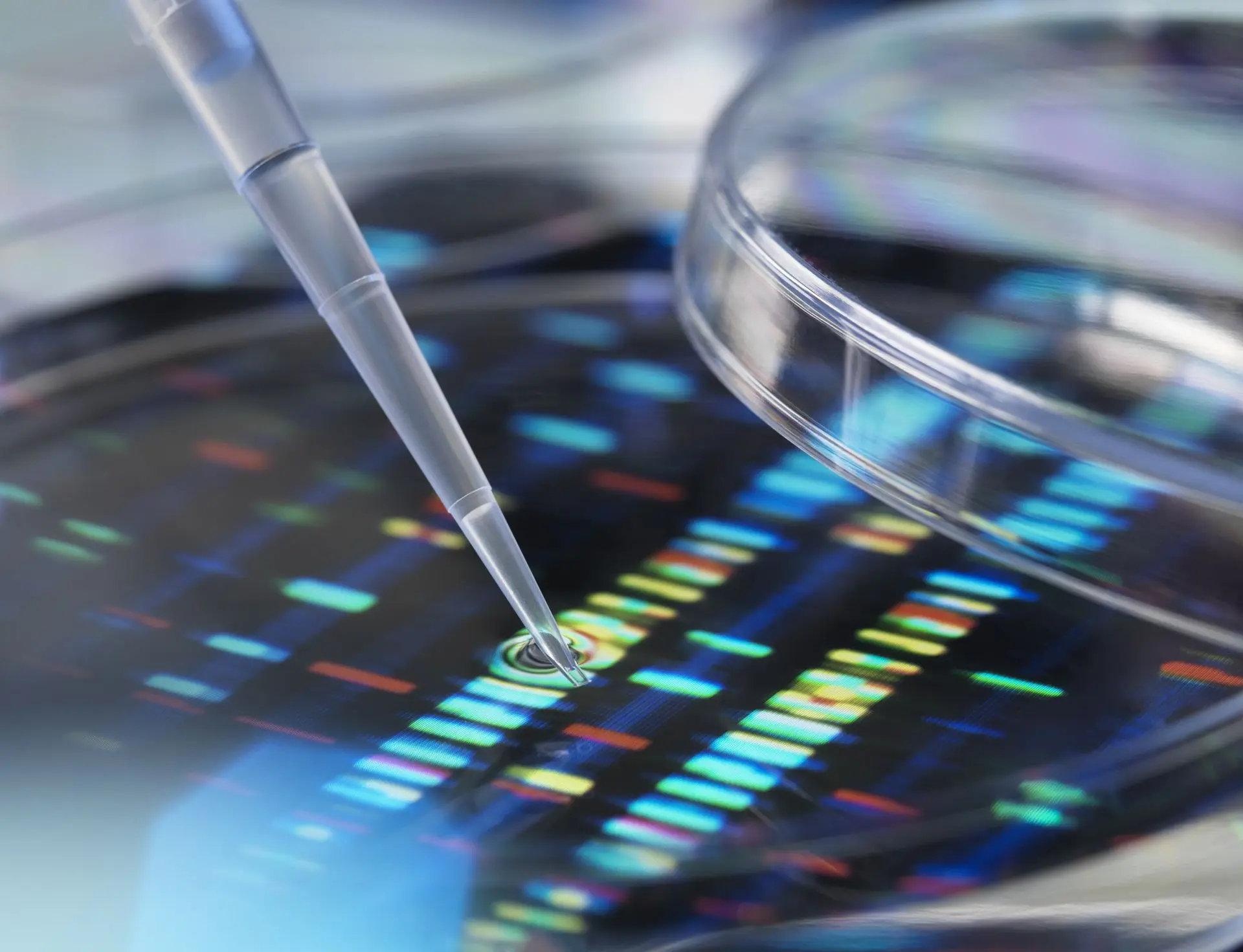NGS in Nucleic Acid Testing (NAT) :
NAT encompasses various diagnostic techniques used to detect pathogens (such as bacteria, viruses, or fungi) and genetic mutations at the DNA or RNA level. NGS has significantly enhanced the scope, speed, and accuracy of these tests:
1. High-Throughput Sequencing
- Speed and Volume: NGS allows for the sequencing of vast amounts of genetic material in a very short time. Traditional sequencing methods could only analyze one gene or a small section of the genome at a time. In contrast, NGS can sequence entire genomes, transcriptomes, or targeted regions in parallel, dramatically improving throughput. This enables faster diagnosis and better tracking of infectious agents and disease-causing mutations.
- Comprehensive Pathogen Detection: For example, NGS can simultaneously identify multiple pathogens in a single sample. This is particularly useful for diagnosing infections caused by multiple pathogens (such as respiratory or gastrointestinal infections) where traditional methods might fail to detect all agents. By sequencing the genetic material of viruses, bacteria, or fungi, NGS provides a broader, more comprehensive view than conventional diagnostic tests, which may only focus on a single pathogen.
2. Improved Accuracy in Mutation Detection
- Precise Identification of Mutations: NGS excels at detecting both common and rare mutations across the genome. This is especially beneficial for diagnosing genetic diseases, where detecting specific mutations is critical. Unlike traditional methods (like PCR or microarrays), NGS doesn’t require prior knowledge of the mutations and can detect even unknown or unexpected variants.
- Viral Load Quantification: In the context of viral infections (such as HIV, hepatitis, or SARS-CoV-2), NGS allows precise quantification of viral load (the amount of virus present in a patient’s body). It can also detect genetic variations or mutations in viruses, which is crucial for monitoring the progression of infections and the emergence of drug-resistant strains. This level of detail provides critical insights for managing infections more effectively and adapting treatments based on the mutation profile of the pathogen.




